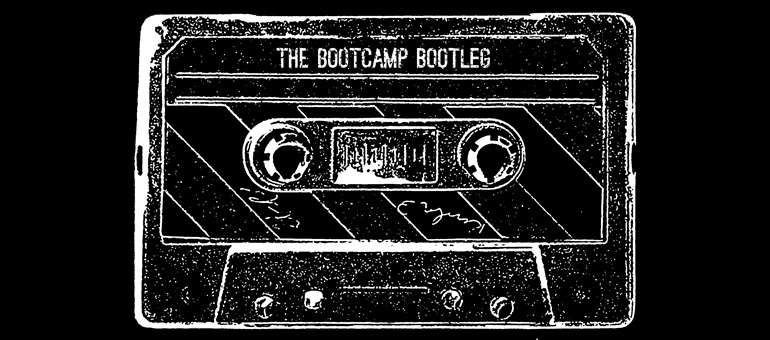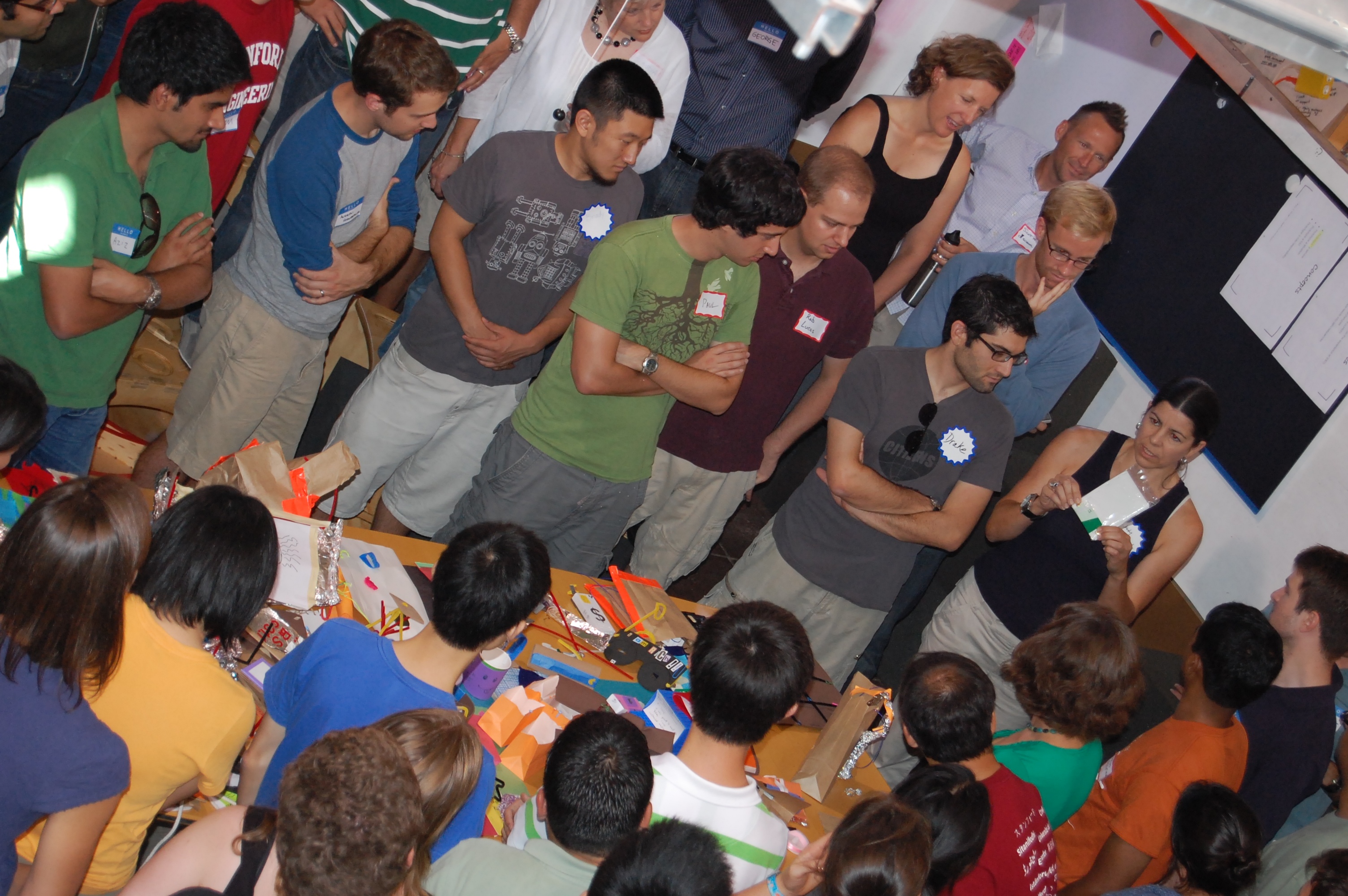We have put together a collection of methods for folks new to design thinking. See these “Get Started” methods on the right, which have proved to be most useful for folks as they’re running through their first few design cycles. These methods are a subset of the Bootcamp Bootleg (see below).
For all the resources on this page, you’re welcome to share these resources with others… spread the word! We only ask that you respect the Creative Commons license (attribution, non-commercial use). These methods are a curated collection of work created at the d.school and beyond, and we’re grateful to everyone who contributed. We’d also love to hear feedback about how you’re using them. Let us know what you find useful, and what methods you have created yourself — write to: bootleg@dschool.stanford.edu





















